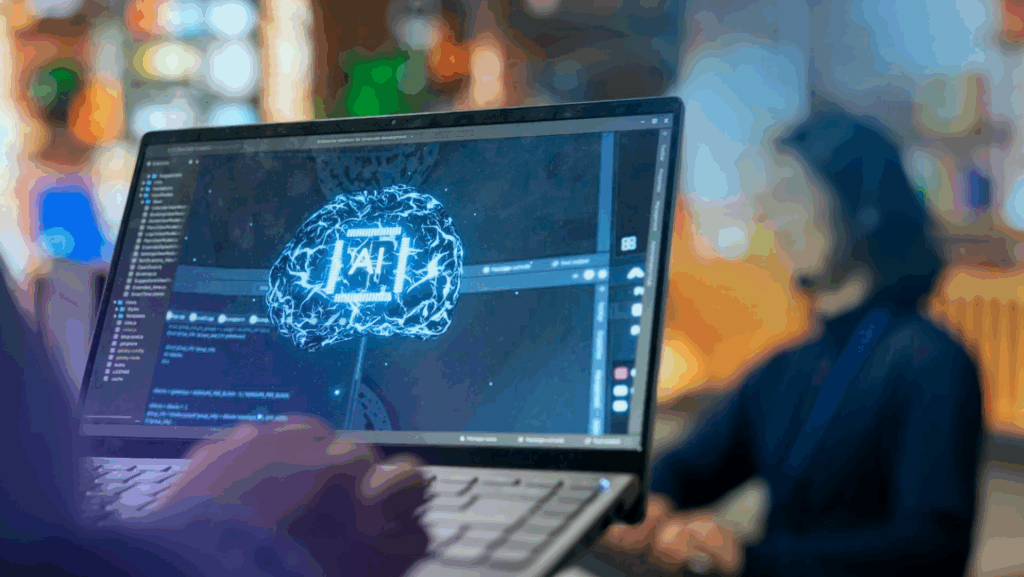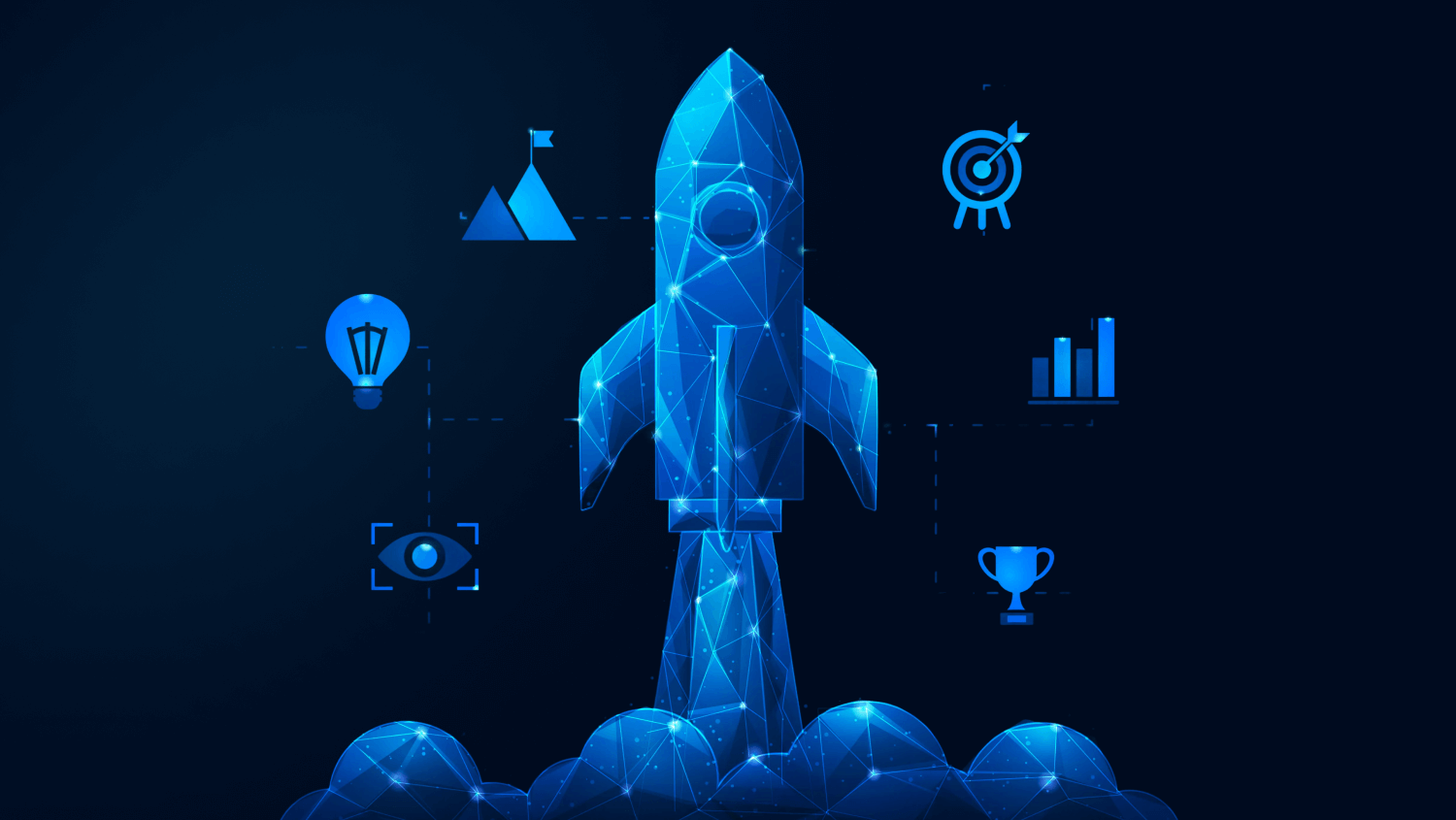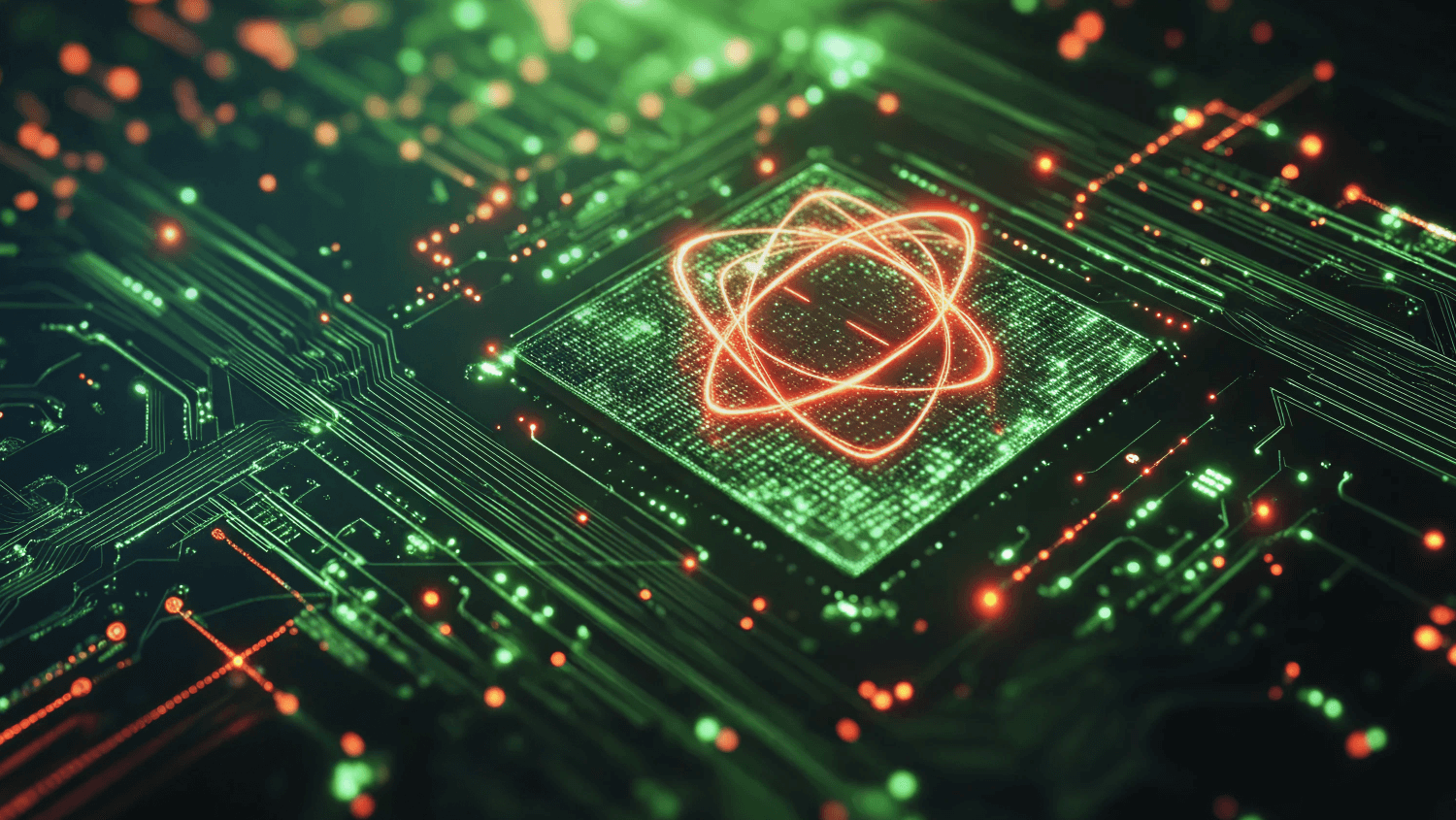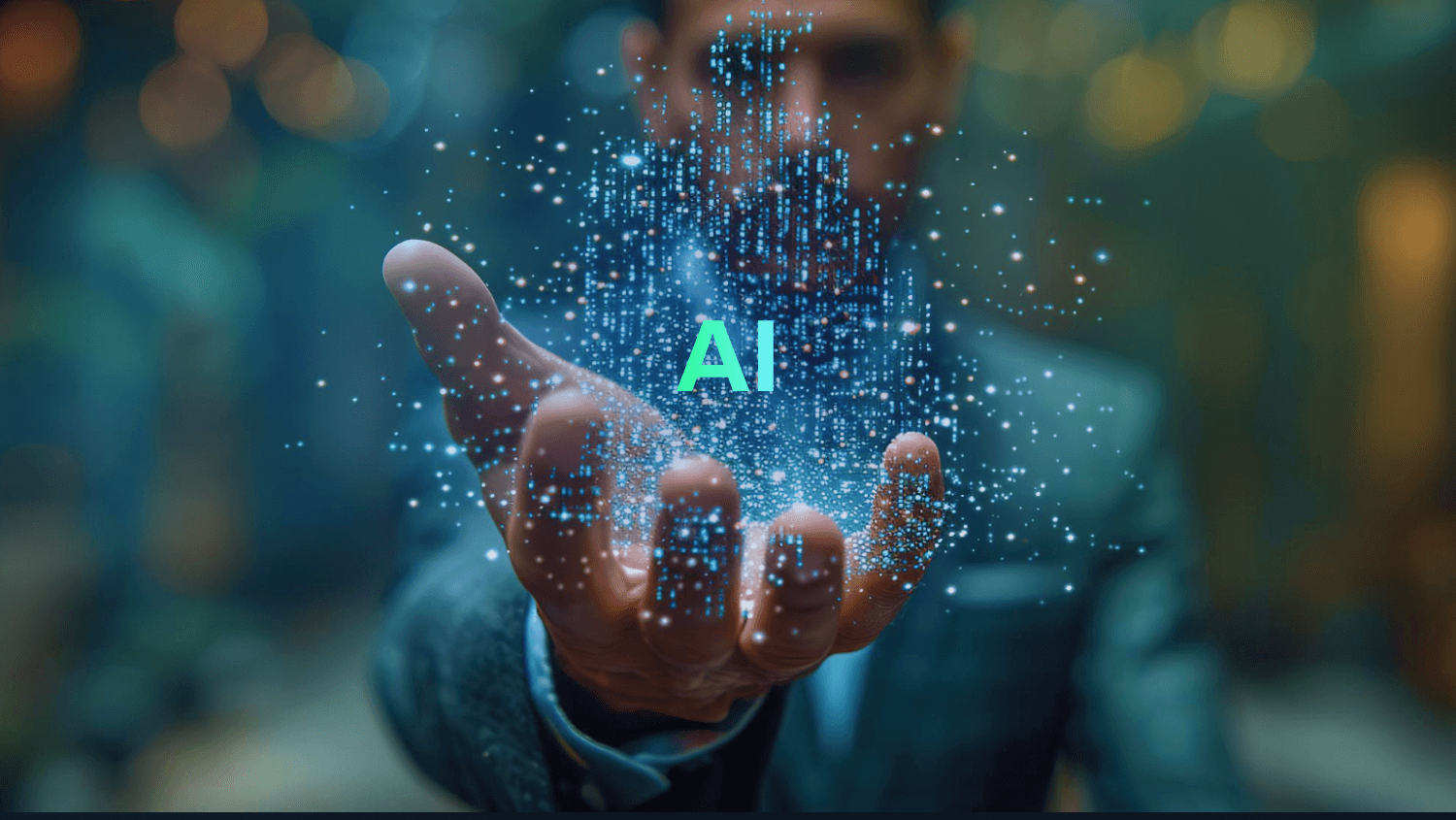Can AI really code like a human?
That’s the question shaking up the software world right now.
AI isn’t just helping developers debug or write boilerplate anymore, it’s starting to code alongside them, changing how software gets built from the ground up.
Speaking on The Joe Rogan Experience, Meta CEO Mark Zuckerberg shared an eye-opening perspective:
“This year, we at Meta – as well as the other companies working on this [AI] – are going to have AI that can be a mid-level engineer and write code. In the beginning, it will be really expensive to run [to] get it to be more efficient. Then over time, a lot of the code in our apps including the AI that we generate is going to be built by AI engineers instead of people engineers.”
Even major industry leaders are seeing this change firsthand.
In December, Salesforce CEO Marc Benioff revealed that the company wouldn’t be hiring new software engineers in 2025, thanks to a 30% productivity boost from AI-powered tools.
So in this blog, we’ll explore what AI can actually do in software development, where it adds value, where it falls short, and why human developers still lead the way.
What AI Can Do in Software Development
At its core, AI can:
- Generate code quickly: From small scripts to parts of bigger applications.
- Help with debugging: Spot errors or suggest fixes in a fraction of the time it would take manually.
- Create boilerplate code: Standard code structures like forms, tables, or UI components in seconds.
- Prototype ideas fast: Build a simple version of an app or feature to test concepts without starting from scratch.
In real projects, AI tools have been used to build small applications almost independently.
For example, some AI can generate functional user interfaces or even create the logic to fetch and display data. While these solutions still need human oversight, they save developers a lot of time on routine tasks.
It’s no surprise that many developers are noticing a boost in productivity.
Studies show that using AI in daily coding tasks can make work faster and more efficient, letting programmers focus on the tricky parts where human judgment really matters.
Limitations of AI in Coding
AI has made impressive strides in software development, but it still has significant limits.
Understanding these limitations helps explain why human developers remain indispensable.
Lack of Business Context
AI can follow the instructions you give it, but it doesn’t understand the bigger picture. It sees code as a series of tasks rather than a product with goals, users, or business objectives.
This can lead to technically correct code that doesn’t actually solve the right problem or align with the project’s purpose. Human developers, on the other hand, consider the “why” behind every feature, ensuring the code fits the bigger vision.
Overengineering and Inefficiencies
AI has a tendency to overcomplicate things. For instance, a simple application might end up with extra backend modules, unnecessary layers, or redundant processes.
While AI-generated code can work, these overengineered solutions often require additional deployment steps, maintenance, and integration effort. Experienced developers know when to keep things simple and scalable.
Integration Challenges
AI doesn’t naturally consider how new code will fit into existing systems or infrastructure.
It can produce components that don’t work well with current workflows, databases, or APIs. This can cause compatibility issues and increase the need for human intervention to refactor or adjust the code.
Incomplete Product Perspective
While AI can write functional code, it doesn’t account for the full product experience.
It cannot design intuitive user interfaces, plan for scalability, ensure security, or make code maintainable in the long term. Human developers take a holistic approach, balancing technical requirements with usability, performance, and future growth.
Prompt Dependency
AI often relies heavily on detailed prompts to produce the desired results. If the instructions are unclear or incomplete, the code may be wrong, inefficient, or unusable.
Developers can spend extra time refining prompts instead of focusing on actual implementation. Human engineers, in contrast, understand context and can adapt to evolving requirements without needing step-by-step instructions.
Also read: The Hidden Flaws in AI Reasoning Questions Uncovered by Apple’s Latest Research
Why Human Developers Still Lead
AI is impressive, but human developers bring skills, judgment, and understanding that machines simply cannot replicate.
Here’s why humans remain at the centre of software development.
Understanding Business Objectives and User Needs
Human developers don’t just write code, they understand why the software exists. They consider the project goals, target audience, and long-term business needs.
Examples of human advantage:
- Designing user flows that make sense for real users
- Prioritising features based on business impact
- Making decisions that align with long-term strategy
AI cannot grasp these nuances, it sees only instructions, not the bigger picture.
Making Architectural Decisions and Optimising Processes
Experienced developers know how to balance speed, cost, and maintainability.
They optimise code and structure based on project requirements.
Human strengths include:
- Choosing when to reuse existing code or build from scratch
- Avoiding unnecessary modules or overengineering
- Simplifying workflows for faster integration and lower long-term costs
AI often follows templates or adds extra complexity because it lacks this decision-making ability.
Anticipating Future Scalability and Handling Edge Cases
Developers plan for growth and unexpected scenarios that might arise months or years after launch.
Key points humans excel at:
- Designing software that can handle millions of users
- Preparing for future feature expansions
- Accounting for unusual or rare use cases that AI might miss
AI-generated code generally handles the task at hand, but doesn’t think about the long-term picture.
Collaboration with Teams and Clients
Software development is a team sport. Developers work closely with clients, stakeholders, and other teams to adjust priorities and solve problems.
Human advantages in collaboration:
- Clarifying vague or evolving requirements
- Negotiating trade-offs and finding practical solutions
- Communicating subtle priorities and expectations
AI cannot participate in discussions or interpret human nuances.
Flexibility and Critical Thinking
Humans can adapt to changing requirements, new technologies, and unexpected challenges.
Examples of human critical thinking:
- Adjusting architecture when the project scope changes
- Choosing optimal solutions under constraints
- Learning from past mistakes to improve future development
AI depends on prompts and instructions, while humans make judgement calls on the fly.
Tap into our expert talent pool to build cutting-edge AI solutions.
AI vs Human Developers
AI can write code quickly, but human developers bring understanding, judgement, and creativity that machines cannot replicate.
Here’s a closer look at how they compare across key aspects of software development:
Business Understanding
Humans don’t just follow instructions they understand the why behind every project. This perspective ensures that the software meets real user needs and business goals.
- Human developers analyse project objectives and target users.
- AI follows prompts but cannot grasp the overall purpose or strategy.
Architecture Decisions
Building software isn’t just about writing code it’s about making smart architectural choices. Humans balance speed, cost, and maintainability when designing systems.
- Developers make trade-offs to simplify workflows and avoid unnecessary modules.
- AI tends to overengineer, adding extra layers or complexity because it relies on patterns it has seen before.
Integration with Existing Systems
New software rarely exists in isolation. Developers consider how code fits with current infrastructure and other tools.
- Humans ensure smooth integration with databases, APIs, and workflows.
- AI might produce code that conflicts with existing systems, requiring manual adjustments.
Scalability & Foresight
Software must grow with business needs. Humans anticipate future requirements, edge cases, and potential bottlenecks.
- Developers plan for scalability, long-term performance, and unexpected scenarios.
- AI focuses only on the immediate instructions and often ignores long-term considerations.
Collaboration & Adaptability
Software is a team effort, and humans excel in communication and adaptability.
- Developers clarify requirements with clients, adjust to changes, and offer creative solutions.
- AI cannot hold discussions, interpret subtle priorities, or make decisions without detailed prompts.
Speed of Coding
AI can generate code quickly, but speed isn’t the only factor. Quality, stability, and maintainability matter most.
- Humans prioritise correctness, reliability, and alignment with project goals.
- AI produces code instantly, but it often requires review, debugging, and refinement.
Final Deliverables
Ultimately, the product matters more than just lines of code.
- Human developers deliver fully functional, maintainable, and user-friendly software.
- AI produces code snippets or partial solutions that still need human oversight to become a complete product.
Where AI Adds Value in Development
While AI cannot replace human developers, it can be a powerful assistant, speeding up repetitive tasks and making development more efficient.
Used wisely, it frees up developers to focus on the tricky parts where human judgment is essential.
AI excels in several areas:
- Generating boilerplate code: AI can quickly produce standard code structures, such as forms, tables, or classes, saving developers hours of repetitive work.
- Building simple UI components: Buttons, forms, and tables can be generated in seconds, providing a base that developers can customise.
- Format conversions: AI can easily transform data between formats, for example converting JSON to YAML or translating code between languages like TypeScript and JavaScript.
- Refactoring code: AI can suggest improvements, remove duplicates, and simplify complex structures to make the code cleaner and more maintainable.
- Rapid prototyping: AI can build a basic version of a feature or app to quickly test ideas, demonstrate concepts, or present demos to clients.
It’s important to remember that AI is a tool, not a replacement.
While it can handle routine or repetitive tasks, the final product still needs human oversight for quality, architecture, UX, and long-term maintainability.
How Wow Labz Can Help You Leverage AI in Software Development
At Wow Labz, we see AI as a powerful ally, not a replacement for skilled developers.
We combine cutting-edge AI tools with human expertise to deliver software that is efficient, scalable, and built with real business goals in mind.
By integrating AI into the development workflow, we can:
- Automate repetitive coding tasks, freeing developers to focus on complex problems.
- Quickly generate prototypes and UI components to speed up product development.
- Ensure AI-generated code aligns with existing systems, architecture, and long-term maintainability.
- Maintain high standards of quality, usability, and security while leveraging AI’s productivity boost.
With Wow Labz, AI enhances the workflow without replacing the creativity, strategic thinking, and problem-solving that only human developers bring.
Together, we create software that is fast, reliable, and future-ready. Let’s connect now!





